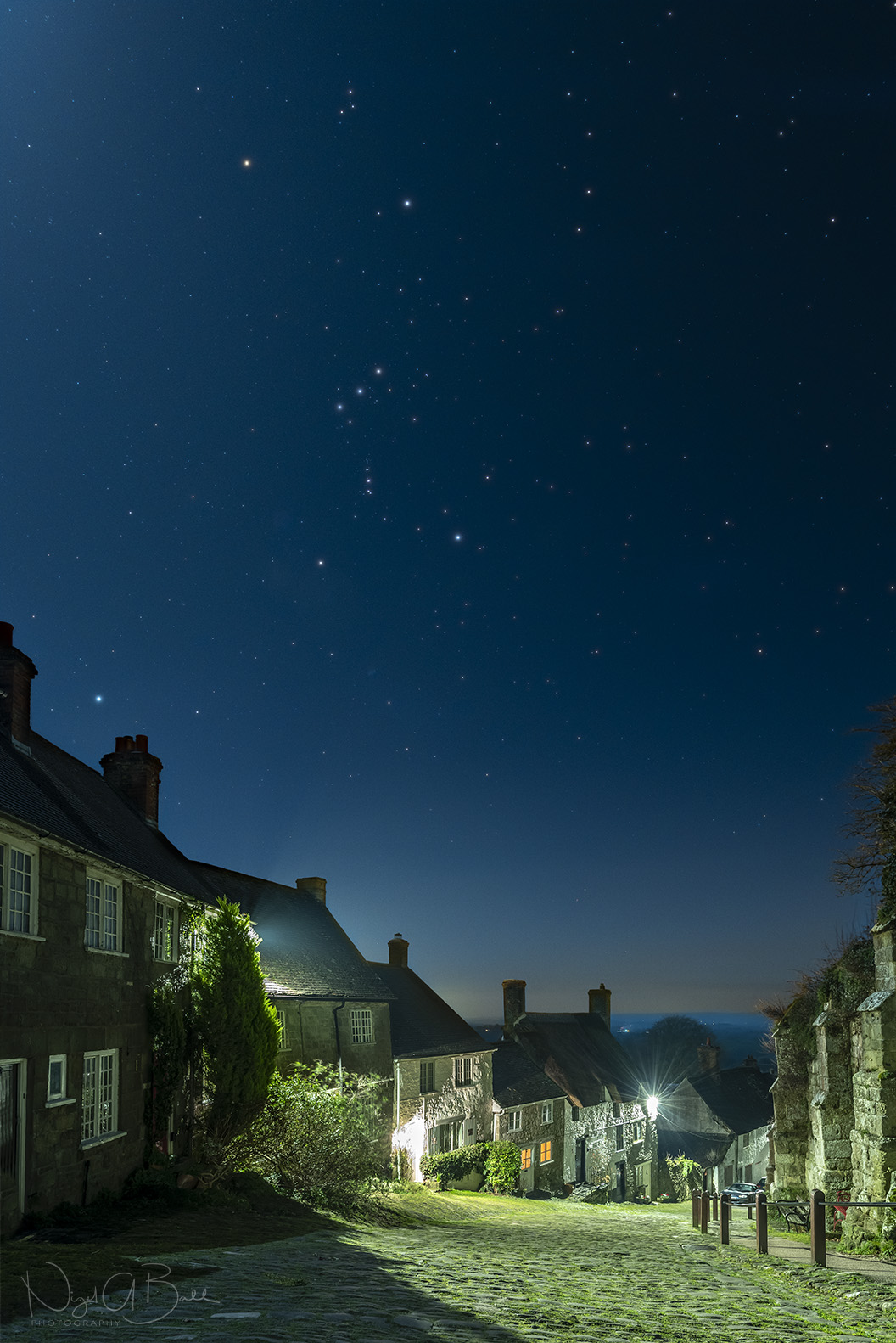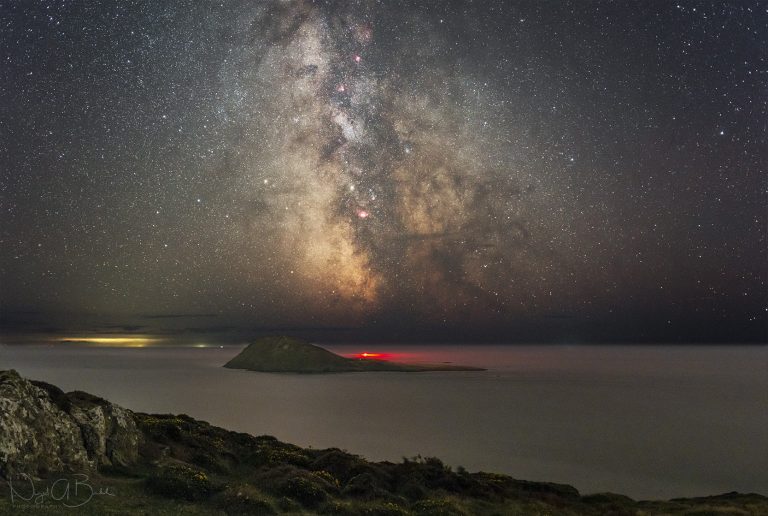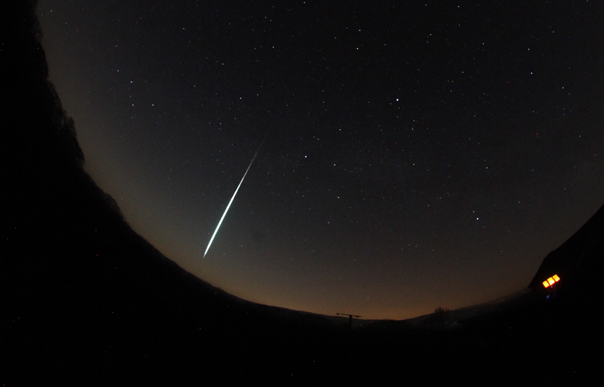Passion of the people – 1.6.9
Transnational networking in star tourism
The most important component for the experience of star tourism and stargazing is finding a site where people can see clearly the enchanting beauty of the dark sky. Nowadays, it can be observed that it is quite difficult to find such places, because of light pollution. Luckily, there are organizations whose main focus is the protection and the promotion of stargazing places around the world.
One of the best examples of transnational networking in star tourism is The International Dark-Sky Association (IDA) – a recognized authority on light pollution and the leading organization in the fight against light pollution worldwide. In 2001, IDA launched The International Dark Sky Places (IDSP) Program to encourage communities, parks, and protected areas worldwide to preserve and protect dark sites through responsible lighting policies and public education. As of January 2023, there are 201 certified Dark Sky Places in the world, which comprise 115 Parks, 38 Communities, 20 Reserves, 16 Sanctuaries, 6 Urban Night Sky Places, and 6 Dark Sky Friendly Developments of Distinction.
“The International Dark Sky Places Program offers five certification categories:
- International Dark Sky Sanctuaries – Sanctuaries are the most remote (and often darkest) places in the world whose conservation state is most fragile.
- International Dark Sky Parks – Parks are publicly, or privately-owned spaces protected for natural conservation that implement good outdoor lighting and provide dark sky programs for visitors.
- International Dark Sky Reserves – these Reserves consist of a dark “core” zone surrounded by a populated periphery where policy controls are enacted to protect the darkness of the core.
- Urban Night Sky Places – Urban Night Sky Places are sites near or surrounded by large urban environs whose planning and design actively promote an authentic nighttime experience in the midst of significant artificial light at night.
- International Dark Sky Communities – Communities are legally organized cities and towns that adopt quality outdoor lighting ordinances and undertake efforts to educate residents about the importance of dark skies.”
Another great example of transnational networking is The UK Dark Skies Partnership (UK DSP), an informal collaboration of a wide range of professional organizations, institutions and UK protected landscapes. Its specific commitments are the protection and improvement of dark skies over both International Dark-Sky Association Dark Sky Places and others, and the progressive reduction of both urban and rural light pollution through better lighting practice. The UK Dark Skies Partnership is a collaborative forum which includes: UK dark-sky places; relevant professional organizations; the Commission for Dark Skies; CPRE, the Countryside Charity; the Institution of Lighting Professionals and the Society of Light and Lighting. All these organizations support the work of the All-Party Parliamentary Group for Dark Skies, co-chaired by MP Andrew Griffith and Astronomer Royal Lord Rees. The primary aim of the UK Dark Skies Partnership is to improve sky quality by reducing unnecessary and inappropriate light pollution through effective behavioral change, education and promotion of environmentally sensitive lighting.
The Partnership has created Towards a Dark Sky Standard: A Lighting Guide to Protect Dark Skies from Local Need to Landscape Impact. This document provides advice for both domestic and non-domestic lighting, therefore anyone who designs, installs or manufactures lighting should find it useful. Domestic users should only need basic advice; however, non-domestic users may need more detailed and professional advice on design and installation. This guide describes the mindset of environmental awareness that a person should have when installing exterior lighting. Moreover, it sets basic principles of lighting to a dark-sky standard and it signposts existing standards, guidance and advice where needed and appropriate.
The network supported the development of Ten Dark Sky Policies for the Government, produced by the All-Party Parliamentary Group for Dark Skies, following a consultation among over 170 academics, legal professionals, national park associations, professional and amateur astronomers, members of the local and national government, lighting professionals, engineers and businesses. This document “sets out the major causes of growing light pollution in the UK which threaten dark sky preservation and advocates policy solutions to mitigate or remedy such issues.”

Image by UK Dark Skies


Further resources
Links below will redirect you to external websites. In accordance with the European data protection declarations, we would like to point out that by clicking on these links you may send data to external providers. We cannot prevent that.
Images
![]() Five things you can see in UK dark night skies with the unaided eye – UK Dark Skies Partnership
Five things you can see in UK dark night skies with the unaided eye – UK Dark Skies Partnership
![]() Five things you can see in UK dark night skies with binoculars – UK Dark Skies Partnership
Five things you can see in UK dark night skies with binoculars – UK Dark Skies Partnership
Videos
![]() IDA 101: Who is the International Dark-Sky Association – International Dark-Sky Association (IDA)
IDA 101: Who is the International Dark-Sky Association – International Dark-Sky Association (IDA)
![]() Discovering Stargazing Locations with the Meet Star Gazers Mobile App with Sujay Patil – International Dark-Sky Association (IDA)
Discovering Stargazing Locations with the Meet Star Gazers Mobile App with Sujay Patil – International Dark-Sky Association (IDA)
On line resources
![]() The International Dark-Sky Association (IDA)
The International Dark-Sky Association (IDA)
![]() The UK Dark Skies Partnership (UK DSP)
The UK Dark Skies Partnership (UK DSP)
![]() All-Party Parliamentary Group for Dark Skies
All-Party Parliamentary Group for Dark Skies
![]() TOWARDS A DARK SKY STANDARD A lighting guide to protect dark skies: from local need to landscape impact – UK Dark Skies Partnership
TOWARDS A DARK SKY STANDARD A lighting guide to protect dark skies: from local need to landscape impact – UK Dark Skies Partnership
![]() Policy Plan, Ten Dark Skies Policies for the Government – The All-Party Parlamentary Group for Dark Skies
Policy Plan, Ten Dark Skies Policies for the Government – The All-Party Parlamentary Group for Dark Skies
![]() Networking – Oxford University Careers Service
Networking – Oxford University Careers Service
Further readings
![]() Nightscape – International Dark-Sky Association (IDA)
Nightscape – International Dark-Sky Association (IDA)
Teaching Materials
For Kids
